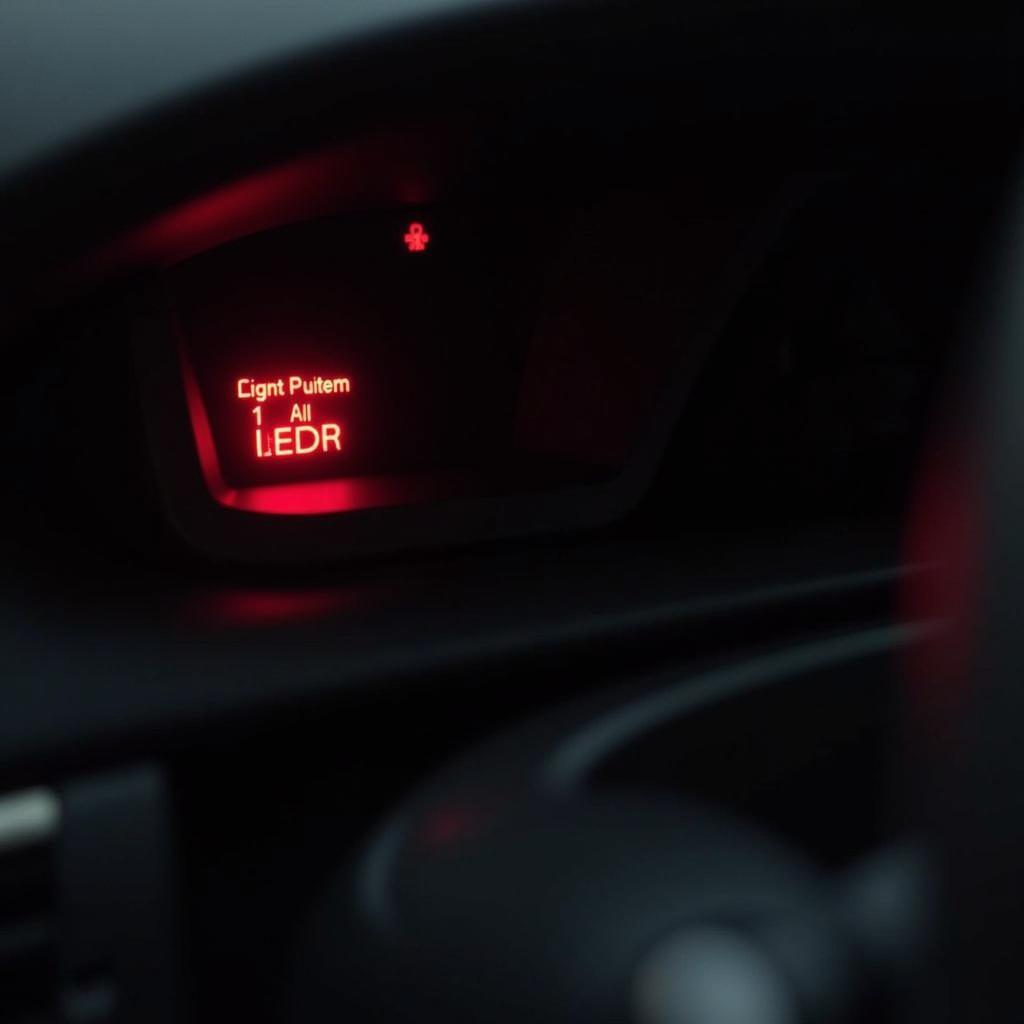Apartment key fobs have revolutionized access control in multi-family dwellings, offering a convenient and secure alternative to traditional keys. These small, electronic devices grant residents entry to common areas and their apartments with a simple swipe or touch. But what exactly is inside these fobs, and how do they work their magic?
Understanding Apartment Key Fobs: A Look Inside
Apartment key fobs utilize RFID (Radio-Frequency Identification) technology to communicate with a reader at the door. This communication happens wirelessly, eliminating the need for physical contact. Here’s a breakdown of the key components inside:
- Microchip: This tiny computer chip stores a unique identification code, essentially your fob’s digital fingerprint.
- Antenna: This coil of wire transmits and receives radio waves, enabling communication with the reader.
- Power Source: A small battery powers the microchip and antenna, typically lasting for several years.
When you hold your fob near the reader, the antenna receives a radio signal. This signal activates the microchip, which then transmits its unique ID code back to the reader. If the code matches an authorized entry, the door unlocks.
Common Issues with Apartment Key Fobs and How to Troubleshoot
While convenient, apartment key fobs can sometimes encounter issues. Here are some common problems and potential solutions:
1. “Dead” Key Fob:
- Possible Cause: The battery might be depleted.
- Solution: Replace the battery. You can usually find the battery type printed on the fob itself.
2. Intermittent Functionality:
- Possible Cause: The battery might be low, or the antenna inside the fob could be damaged.
- Solution: Try replacing the battery first. If the issue persists, contact your property manager for a replacement fob.
3. Fob Not Recognized by Reader:
- Possible Cause: The fob might have been deactivated, or the reader might be malfunctioning.
- Solution: Contact your property manager to check if your fob is still active or if there are any known issues with the reader.
Key Fob Best Practices for Apartment Living
Here are a few tips to keep your apartment key fob functioning smoothly:
- Keep Your Fob Away from Extreme Temperatures: Excessive heat or cold can damage the battery and internal components.
- Avoid Physical Damage: Dropping your fob frequently or exposing it to moisture can affect its functionality. Consider using a protective cover.
- Report Lost or Stolen Fobs Immediately: This ensures the deactivated fob cannot be used to access your building.
Conclusion: Mastering Apartment Key Fob Essentials
Apartment key fobs offer a convenient and secure way to access your apartment building. By understanding how they work and following basic maintenance tips, you can ensure seamless access and peace of mind. Remember, if you encounter persistent issues with your key fob, don’t hesitate to contact your property manager for assistance.


